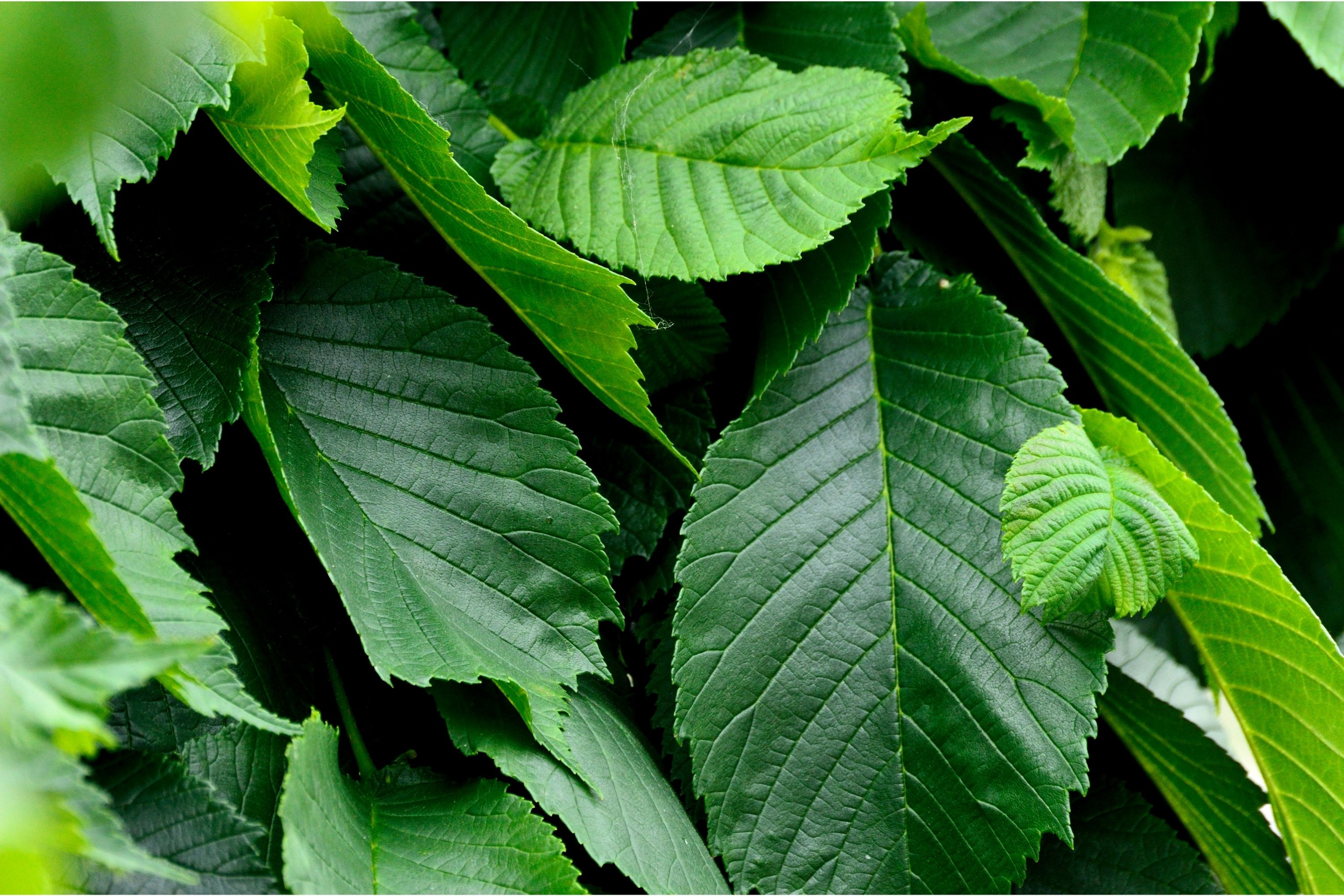"Lacebark elm "
(Ulmus parvifolia)

Description
Ulmus parvifolia, commonly known as the Chinese elm or lacebark elm, is a species native to eastern Asia, including China, India, Japan, North Korea, and Vietnam.It has been described as "one of the most splendid elms, having the poise of a graceful Nothofagus". The tree was introduced to the UK in 1794 by James Main, who collected in China for Gilbert Slater of Low Layton, Essex. A small to medium deciduous, semi-deciduous (rarely semi-evergreen) tree growing to 10–18 m (33–59 ft) tall and 15–20 m (49–66 ft) wide with a slender trunk and crown. The leathery, lustrous green single-toothed leaves are small, 2–5 cm long by 1–3 cm broad, and often retained as late as December or even January in Europe and North America. The apetalous wind-pollinated perfect flowers are produced in early autumn, small and inconspicuous. The fruit is a samara, elliptic to ovate-elliptic, 10–13 mm long by 6–8 mm broad. The samara is mostly glabrous, the seed at the centre or toward the apex, borne on a stalk 1–3 mm in length; it matures rapidly and disperses by late autumn. The trunk has a handsome, flaking bark of mottled greys with tans and reds, giving rise to its other common name, the lacebark elm, although scarring from major branch loss can lead to large canker-like wounds. Ploidy: 2n = 28. Many nurserymen and foresters mistakenly refer to Ulmus pumila, the rapidly growing, disease-ridden, relatively short-lived, weak-wooded Siberian elm, as "Chinese elm." This has given the true Chinese elm an undeserved bad reputation. The two elms are very distinct and different species. The Siberian elm's bark becomes deeply ridged and furrowed with age, among other obvious differences. It possesses a very rough, greyish-black appearance, while the Chinese elm's smooth bark becomes flaky and blotchy, exposing very distinctive, light-coloured mottling, hence the synonym lacebark elm for the real Chinese elm. Elms, hickory, and ash all have remarkably hard, tough wood, making them popular for tool handles, bows, and baseball bats. Chinese elm is considered the hardest of the elms. Chinese elm is said to be the best of all woods for chisel handles and similar uses due to its superior hardness, toughness, and resistance to splitting. Chinese elm lumber is used most for furniture, cabinets, veneer, hardwood flooring, and specialty uses such as longbow construction and tool handles. Most commercially milled lumber goes directly to manufacturers rather than to retail lumber outlets.
Taxonomic tree:







